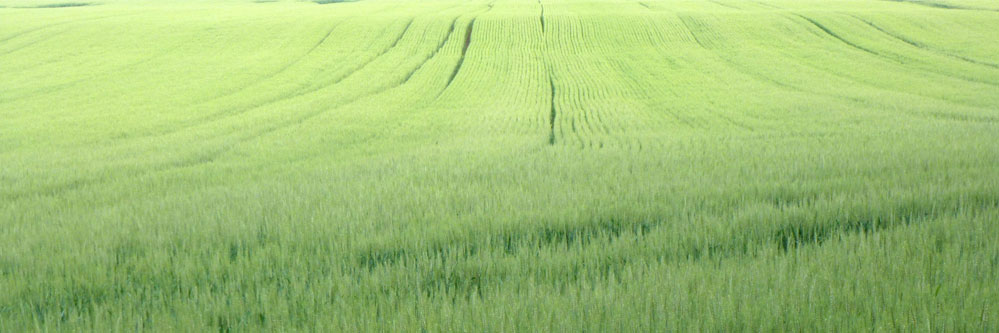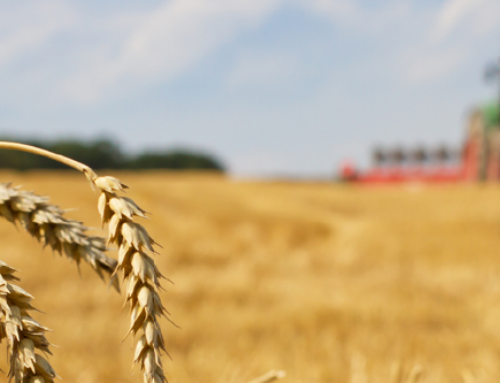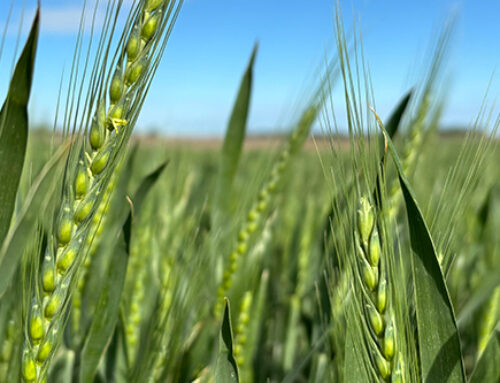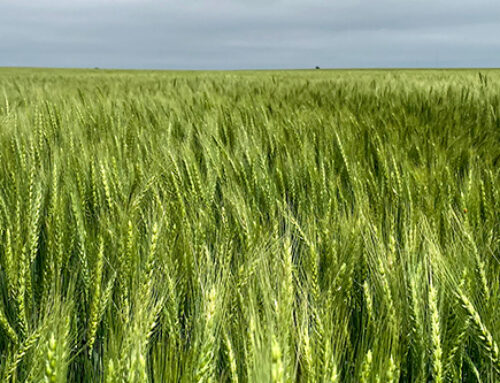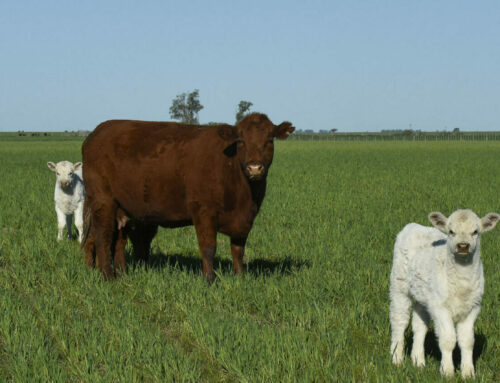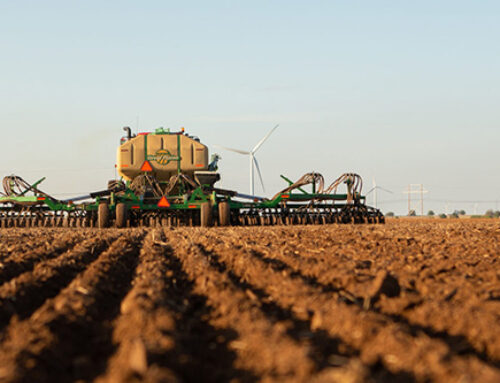Well, it’s that time of year again! Spring time is quickly approaching and we are starting to see a green up in our winter wheat crops. An overall general statement would be that the wheat crop so far is looking pretty average in comparison to other years.
It is very hard to make money on wheat right now, but if planted, it must be maintained and well taken care of to serve its purpose. Whether it was planted to help cash flow, for rotational purposes, or for multi use of grazing and grain production, it has a purpose.
Many producers across the region have seen very little moisture the last few months to help out their wheat. Back in the fall, temperatures stayed very mild well into November. It wasn’t until the end of January when areas saw their first substantial amount of moisture. Due to these conditions, we have had a wide range of unevenness in stands, unevenness in growth, and late emergence in the dryland wheat. Many dryland fields now are holding good moisture in the top foot of profile, but will need more soon, as the wheat greens up. Irrigated wheat field conditions are more consistent of course. Some producers did make the decision to irrigate fields after the first of the year, and now are in good shape.
As mentioned, the weather this past fall and winter has been a roller coaster. We have seen temperatures dip below zero on a few occasions as well. This has led to some plant health issues, such as freeze burned tips and spots of winter kill. This hasn’t been a widespread issue, just more in line with normal years.
This is always the time of year where weeds start to explode. The fence rows and bar ditches are filling up, and we are starting to see weeds spread into our fields. Depending on your herbicide plan, now is the time to be scouting fields and making those applications. Along with weeds, other pests need to be monitored. Some guys are dealing with winter grain mites. At this time, no major insect or disease issues are a problem in the region. As temperatures continue to warm up, an important thing to keep in mind with irrigated wheat, is that microclimates can be created, which are more conducive to these pests, especially diseases. Just because we may be short of rainfall doesn’t mean these pests will not be present.
Spring green up also means fertilizer decisions need to be made. This is more of a field by field discussion. Like with any input, careful thought must go into the requirements and application of fertilizers. Many producers have, or will be topdressing their wheat soon. Warmer temperatures allow farmers to take advantage of fertigation as an application method as well. At this time, there is not a lot of difference in the price of liquid and dry urea. Before the January moisture, very little wheat was getting top dressed. Now though, it may be cost effective to consider adding some fertilizer in a very measured way.
To sum it up, as producers start to think about their wheat this spring, there are critical decisions that must be made. What is my yield potential in relation to when my wheat emerged? What does the fertility look like, and how much should I top dress my wheat? What insects and other pests do I need to watch out for this spring? Now is the time to be communicating closely with a Crop Quest Consultant who can provide expertise and experience for the crop. With commodity prices the way they are, a producer can ill afford a costly mistake. We need to work together to provide the best care we can to the land, and to provide the best return on investment to the producer.
Written by: Keaton Pope
Featured Image by: Wendell Smith, green of wheat, flickr.com
